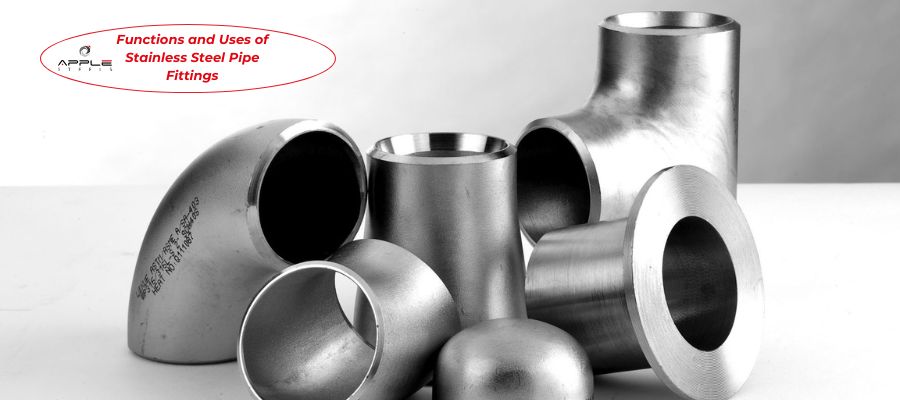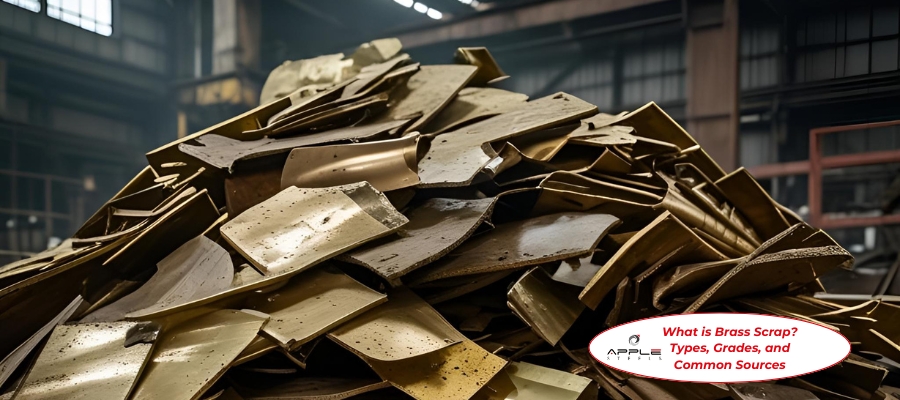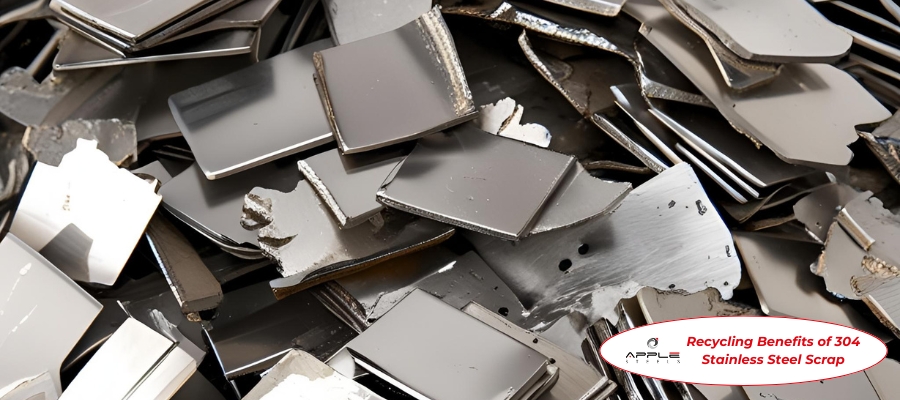Stainless steel pipe fittings are essential components in various industries, playing a crucial role in the effective functioning of piping systems. These fittings are designed to connect straight pipe or tubing sections, adapt to different sizes or shapes, and regulate fluid flow. Their versatility and durability make them an indispensable part of construction, manufacturing, and many industrial applications. This blog explores the functions and uses of stainless steel pipe fittings, highlighting their importance in modern infrastructure.
Key Functions of Stainless Steel Pipe Fittings
1. Connection
The primary function of pipe fittings is to connect different sections of pipes or tubing. Stainless steel pipe fittings come in various shapes and sizes, allowing them to join pipes in a straight line or at angles. Common types include:
- Elbows: Used to change the direction of the pipe.
- Couplings: Connect two pipes together.
- Tees: Join three pipe sections, allowing for a branching line.
- Reducers: Connect pipes of different diameters.
2. Flow Regulation
Pipe fittings also play a vital role in regulating the flow of fluids within a piping system. Valves, a type of fitting, control the flow rate and direction, ensuring that the system operates efficiently. Stainless steel valves are especially valued for their corrosion resistance and strength, making them ideal for high-pressure and high-temperature environments.
3. Leak Prevention
Properly fitted stainless steel pipe fittings prevent leaks, maintaining the integrity of the piping system. This function is critical in industries where leakage can lead to significant losses, safety hazards, or environmental damage. Fittings such as gaskets, seals, and threaded connections ensure a tight fit, reducing the risk of leaks.
4. Adaptability
Stainless steel pipe fittings enable the adaptation of piping systems to various requirements. For instance, adapters allow for the connection of pipes with different end types, while flanges provide a secure method to connect pipes and equipment, facilitating easy disassembly for maintenance or replacement.
5. Support and Strength
In addition to their connection and regulation roles, stainless steel pipe fittings add support and strength to the piping system. Their robust construction helps withstand the mechanical stresses and pressures exerted by the fluids being transported, ensuring the system’s longevity and reliability.
Uses of Stainless Steel Pipe Fittings
1. Construction Industry
In the construction industry, stainless steel pipe fittings are used in plumbing systems for water supply and drainage. Their corrosion resistance ensures a long lifespan, even in environments with high humidity or exposure to chemicals. They are also used in HVAC systems to ensure efficient heating and cooling in buildings.
2. Oil and Gas Industry
The oil and gas industry demands materials that can withstand harsh conditions, including extreme temperatures and corrosive environments. Stainless steel pipe fittings meet these requirements, making them ideal for transporting oil, gas, and other hydrocarbons. They are used in pipelines, refineries, and offshore platforms.
3. Chemical Industry
Chemical plants often handle aggressive substances that can corrode most materials. Stainless steel’s resistance to chemical attack makes it a preferred choice for pipe fittings in this sector. These fittings are used in processes involving acids, alkalis, and other reactive chemicals, ensuring safety and efficiency.
4. Food and Beverage Industry
Hygiene is paramount in the food and beverage industry, and stainless steel pipe fittings are valued for their cleanliness and ease of maintenance. They are used in processing plants for transporting liquids like milk, juice, and beer. Stainless steel’s non-reactive nature ensures that there is no contamination or alteration of the products’ taste or quality.
5. Pharmaceutical Industry
Similar to the food industry, the pharmaceutical sector requires stringent hygiene standards. Stainless steel pipe fittings are used in the production of medicines, ensuring that the processes remain contaminant-free. Their smooth surfaces and resistance to corrosion make them easy to clean and sterilize.
6. Marine Industry
The marine environment is highly corrosive, especially due to saltwater exposure. Stainless steel pipe fittings are extensively used in shipbuilding and marine infrastructure because of their excellent corrosion resistance. They are found in systems like bilge pumps, ballast systems, and fuel lines.
7. Automotive Industry
In the automotive sector, stainless steel pipe fittings are used in exhaust systems and fuel lines. Their ability to withstand high temperatures and corrosive exhaust gases makes them ideal for these applications. Additionally, they contribute to the overall durability and performance of the vehicles.
Conclusion
Stainless steel pipe fittings are crucial components across various industries due to their versatility, durability, and resistance to corrosion. They play a significant role in ensuring the efficient operation of piping systems, adapting to different requirements, and maintaining the integrity of fluid flow. From construction and oil and gas to food processing and pharmaceuticals, the uses of stainless steel pipe fittings are extensive and vital to modern infrastructure.




